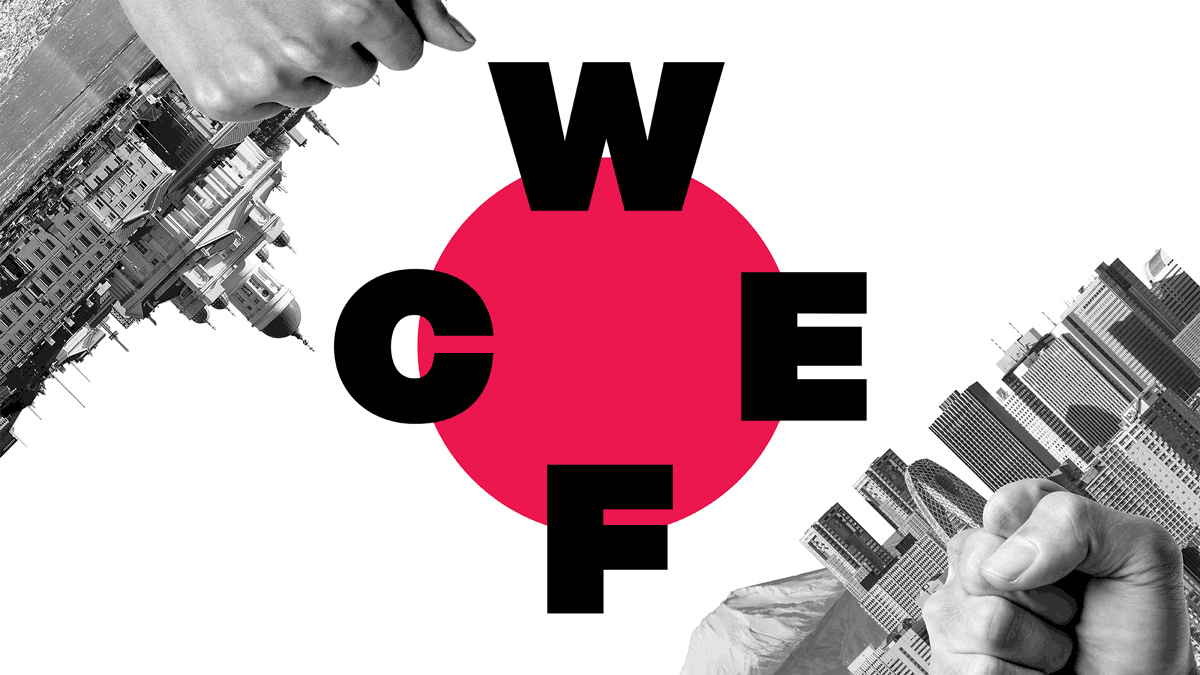Get used to hearing the phrase “circular economy.” It’s a newer expression, but an old idea: keep resources in use for as long as possible, extract the maximum value from them, and recover and regenerate them at the end of their life. The world desperately needs a sustainable future which works in harmony with our environment, and the circular economy is a method to achieve it.
The Finnish Innovation Fund Sitra developed the World Circular Economy Forum to gather the thinkers and doers of the circular economy together. In 2017 the first event was held in Helsinki, Finland, where the best circular economy solutions were presented and top decision makers gathered. This year, on 22-23 October, WCEF2018 will be organised in Yokohama in cooperation between Sitra and the Ministry of the Environment of Japan. Japan is the perfect place for the second annual event.
“It is highly significant that the World Circular Economy Forum is organised in Japan in the year we are renewing our national 5-year strategy for a Sound Material Cycle Society,” says Takahiro Hasegawa from the Ministry of the Environment of Japan.
What is the circular economy?
The old economic model was linear: resources were extracted from the earth, manufactured into a product and the product was disposed in a landfill at the end of its life. This wasteful and inefficient method is not sustainable.
The new model is circular. In its simplest form, a product is manufactured from old products, and at the end of its life it is turned into yet another new product.
There are good environmental and economic reasons to move towards a circular economy. For example, recycled aluminium only uses about 5 per cent of the energy that is required to create it from bauxite. This is good for the environment and good for the aluminium company.
More than just recycling
Turning what would have been waste into a resource is one of the tenants of the circular economy, but there are many solutions besides recycling. Another philosophy of the circular economy is to prioritise renewable energy sources. We also want things to last longer, so that means doing away with “planned obsolescence” in industrial design and preserving what has already been made.
Digitalisation also plays a major role. Technology can give us new tools to collaborate in value creation as well as new business models. For instance, the sharing economy can require fewer resources like cars, bicycles or hotels. Online marketplaces allow us to sell items we no longer want to our neighbours.
The circular economy is promoted by a variety of actors: private businesses, non-governmental organisations, grassroots efforts and governments. A great example of this whole-society approach is Japan.
Promoting mottainai
Japan can be seen as a microcosm for the whole Earth. The nation is a chain of islands with limited space and resources. Circular economy principles, which the Japanese call the Sound Material Cycle Society, are simply necessary.
The Japanese have a concept which they call mottainai, meaning it is a shame for something to go to waste without using its full potential. The culture emphasises collaboration, so everyone from individuals to massive corporations have embraced the idea.
Beginning in the late 1990s Japan started passing recycling laws, covering everything from plastic and paper to home appliances and construction materials.
“Japan has a long tradition in developing sustainable solutions such as electric vehicles, recycling of electronics and environmental regulation,” Hasegawa explains.
Real results
The results are impressive. The Japanese food industry recycles about 85 per cent of its food waste, which are turned into animal feed, fertilizer or methane. Japan has a recycling rate of about 83.9 per cent for plastic bottles, 71.0 per cent for household glass and 98 per cent for household paper.
Yet Japan is not only interested on what they do at home: Japan has been promoting circular economy principles on the world stage for years. Japanese are one of the chief promoters for the 3R’s of reduce, reuse and recycle at global events.
“WCEF is about accelerating the global transition towards the circular economy, and it is of utmost importance that solutions are developed and spread in all parts of the world, not only Europe,” Ernesto Hartikainen, Senior Lead, Carbon-neutral Circular Economy for Sitra says. “Japan plays a leading role in Asia in the transition towards the circular economy.”
Finnish solutions
Finland is also embracing the circular economy, but in a slightly different way.
While Japan specialises in circular economy principles in consumer durables such as automobiles and electronics, Finland focuses on her own specialties. The forestry industry uses scrap wood to generate its own power, and they generate so much of it that they sell it on the open market. Finland is a cold place, so they are experts in reusing, preserving and distributing heat, such as using heat from factories to warm neighbourhoods through district heating systems.
With the help of Sitra Finland has also developed a circular economy roadmap to become a true circular economy, the first such roadmap in the world.
“Finland can learn a lot about Japan’s recycling efficiency and solutions for an aging society,” says Hartikainen. “Japan can learn a lot about Finland’s cross-sector and cross-industry cooperation as well as startup businesses.”
Yet the WCEF is not limited to Japan and Finland: people from around the world will attend the event this autumn. Don’t worry if you can’t make it, because you can follow the Forum and share your own circular solutions online using the hashtag #WCEF2018.


















Recommended
Have some more.